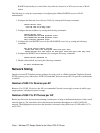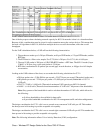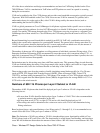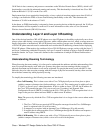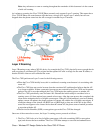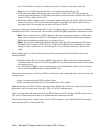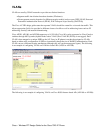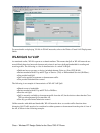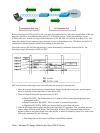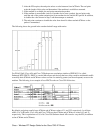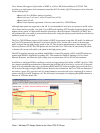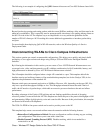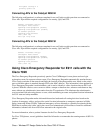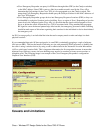
For more details on deploying VLANs in WLAN networks, refer to the Wireless Virtual LAN Deployment
Guide.
WLAN QoS for VoIP
As mentioned earlier, WLANs operate as a shared medium. This means that QoS on WLAN networks are
more difficult than wired networks because end points do not have dedicated bandwidth for sending and
receiving traffic. The following is a list of characteristics of a wired VoIP QoS:
Dedicated access per user or device (switched ethernet, Point−to−Point (P2P) WAN).•
Packets marked with 802.1p and IP Type of Service (ToS) or Differentiated Services (DiffServ).•
Can provide hard QoS.•
QoS can be applied to upstream or downstream traffic.•
Can provide hard admission control.•
The following is an example of characteristics of WLAN VoIP QoS:
Shared access to bandwidth.•
Packets marked with 802.1p and IP ToS or DiffServ.•
Provides soft QoS.•
QoS is currently available to downstream traffic from the AP, but few devices other than the Cisco
7920 provide upstream QoS toward the AP.
•
Can only provide limited admission control.•
Unlike networks with dedicated bandwidth, WLAN networks have to consider traffic direction when
discussing QoS. Traffic needs to be considered as either upstream or downstream from the point of view of
the AP, as shown in the following example:
Cisco − Wireless IPT Design Guide for the Cisco 7920 IP Phone



